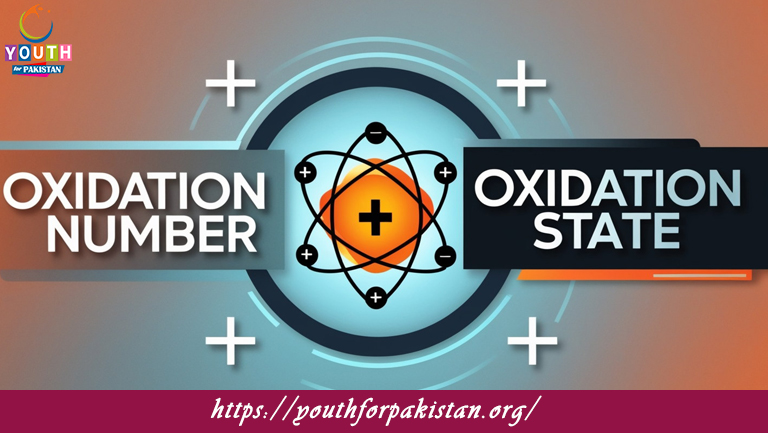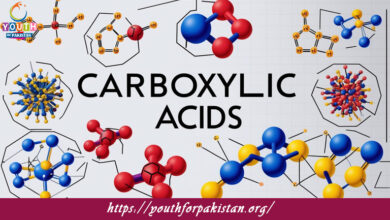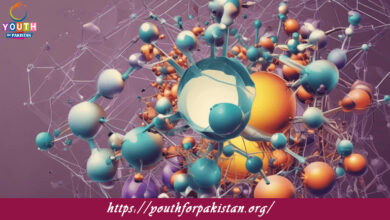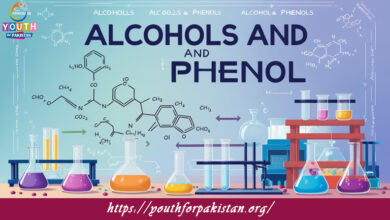Oxidation Number Or State MDCAT Quiz with Answers

Oxidation Number Or State MDCAT Quiz: master. The oxidation number represents the hypothetical charge an atom would have if all bonds to atoms of different elements were completely ionic. This topic is of great importance in understanding redox reactions, whereby electrons are transferred from one reactant to another. A clear understanding of the concept of oxidation numbers is therefore indispensable in solving many questions from the MDCAT Quiz, as it empowers students to deduce what change in oxidation states has occurred or will occur in the given reaction.
H2: Understanding Oxidation Numbers
Oxidation numbers are assigned according to a set of rules, including that the oxidation state of pure elements is zero and that the oxidation state of monoatomic ions is equal to the charge on the ion. For example, in a molecule such as H₂O, hydrogen has an oxidation state of +1, and oxygen has an oxidation state of −2. Students have to learn how to apply the rules systematically to find oxidation numbers of atoms in complicated compounds. This understanding is crucial in answering questions regarding balancing of redox reactions and identifying oxidizing and reducing agents.
H3: Quiz on Oxidation Numbers
The MDCAT Quiz on oxidation numbers is designed to check students’ skills regarding the assignment of oxidation states in various compounds and chemical reactions. These quizzes cover all essential rules and common examples that students are likely to encounter in exams. They are meant to improve conceptual knowledge and the practical application of the theory of oxidation number. Practice through these quizzes allows the student to tackle confidently any question that involves the determination of the oxidation state in molecules, ions, and even complex redox reactions.
H3: Free Flashcard for Oxidation Numbers
In further aid of their studies, MDCAT students can take advantage of the free flashcard that can be accessed on oxidation numbers. These flashcards provide rapid access to key concepts and rules for the assignment of oxidation numbers, hence providing a very good revision material for students. The regular review of the flashcards will consolidate memory and help them in improving their accuracy during the assignment of oxidation numbers. In addition, this tool is quite helpful in an exam setting when the time is less and one has to recall basic rules quickly to be used in the MDCAT exam.
Experience the real exam environment with our expertly designed collection of over 25,000 MCQs MDCAT Mock Tests.






